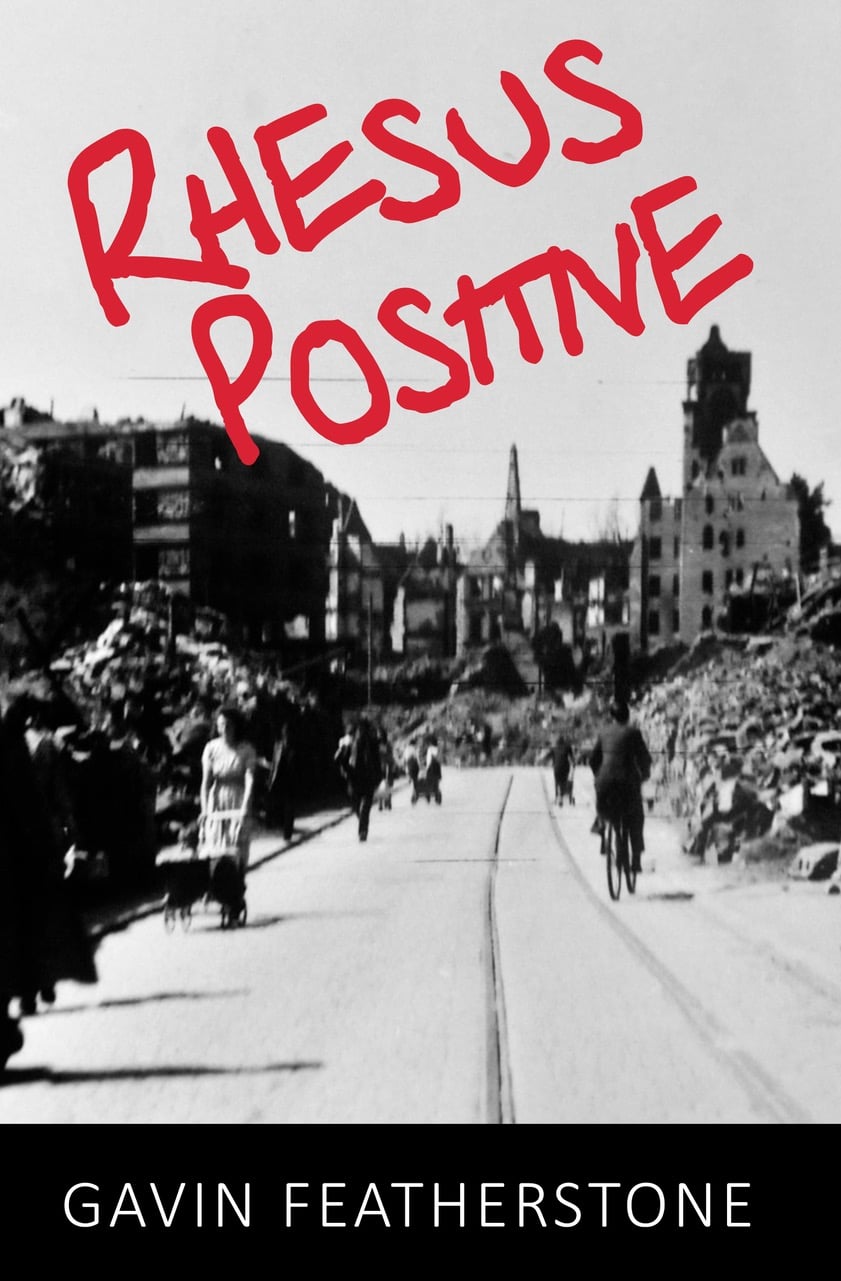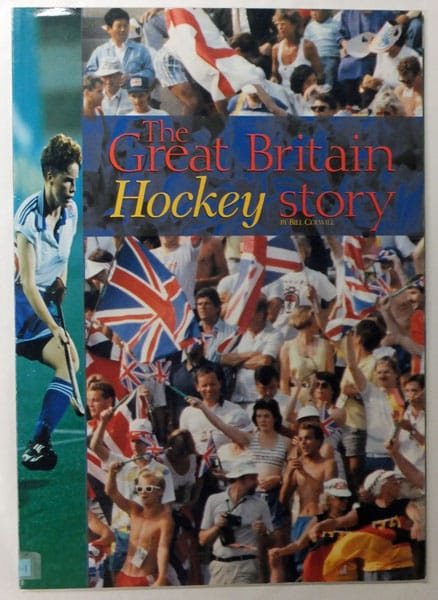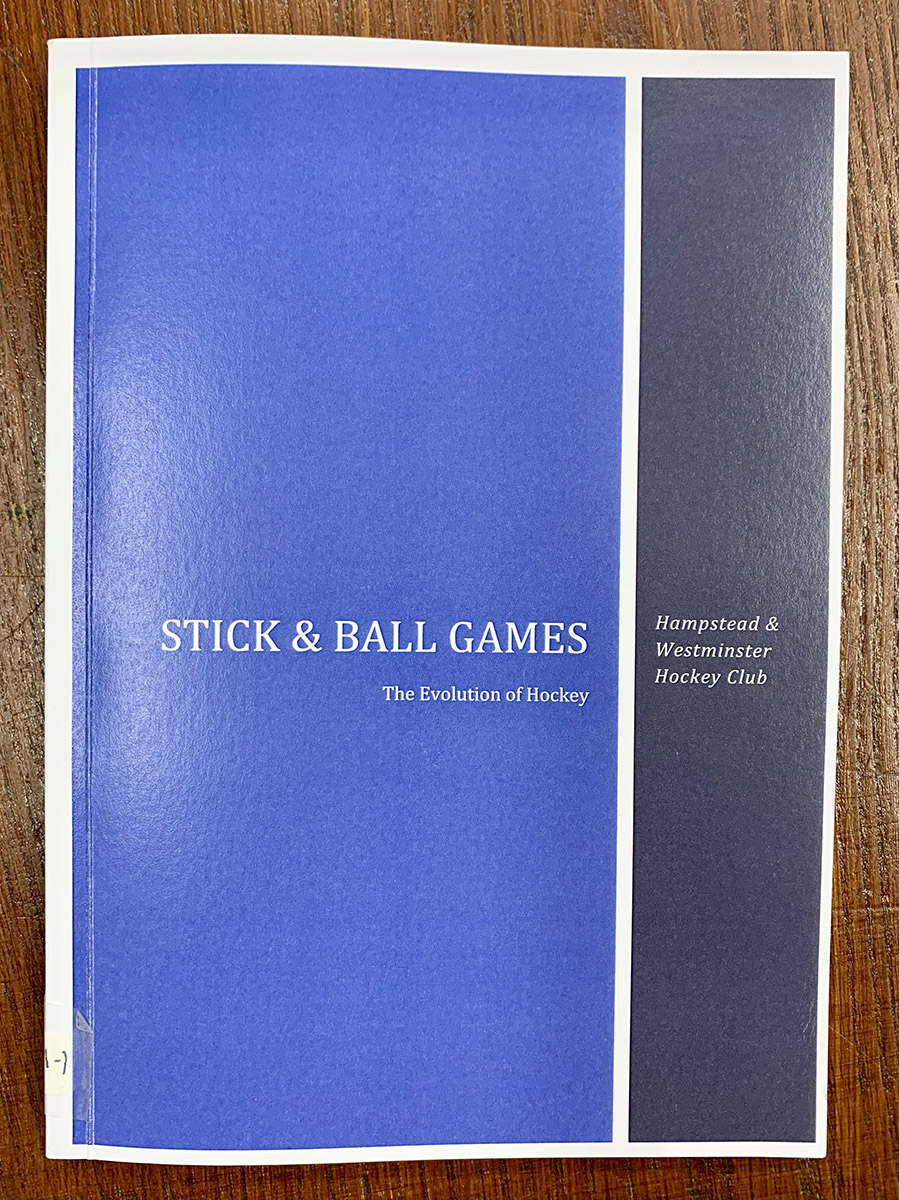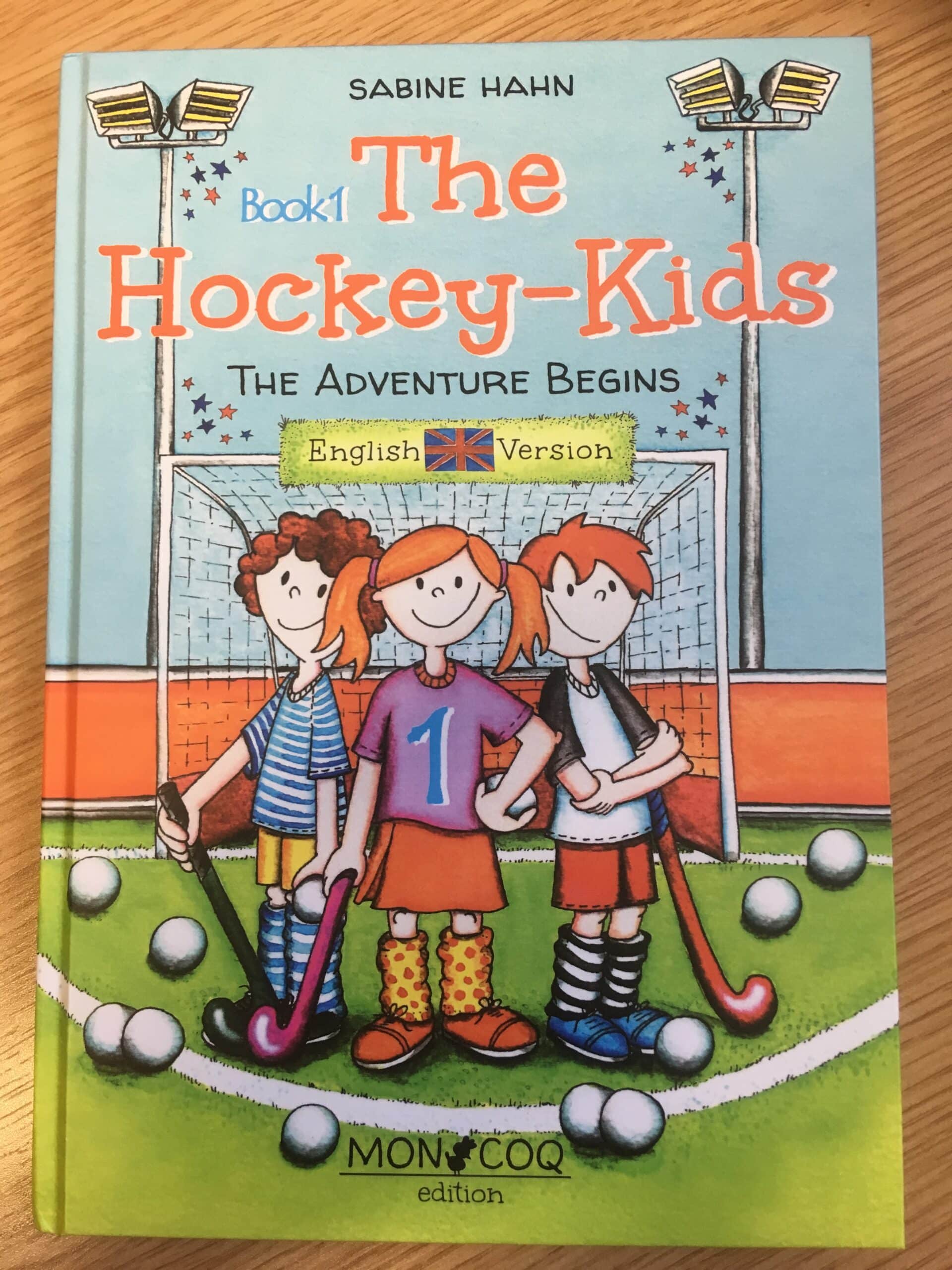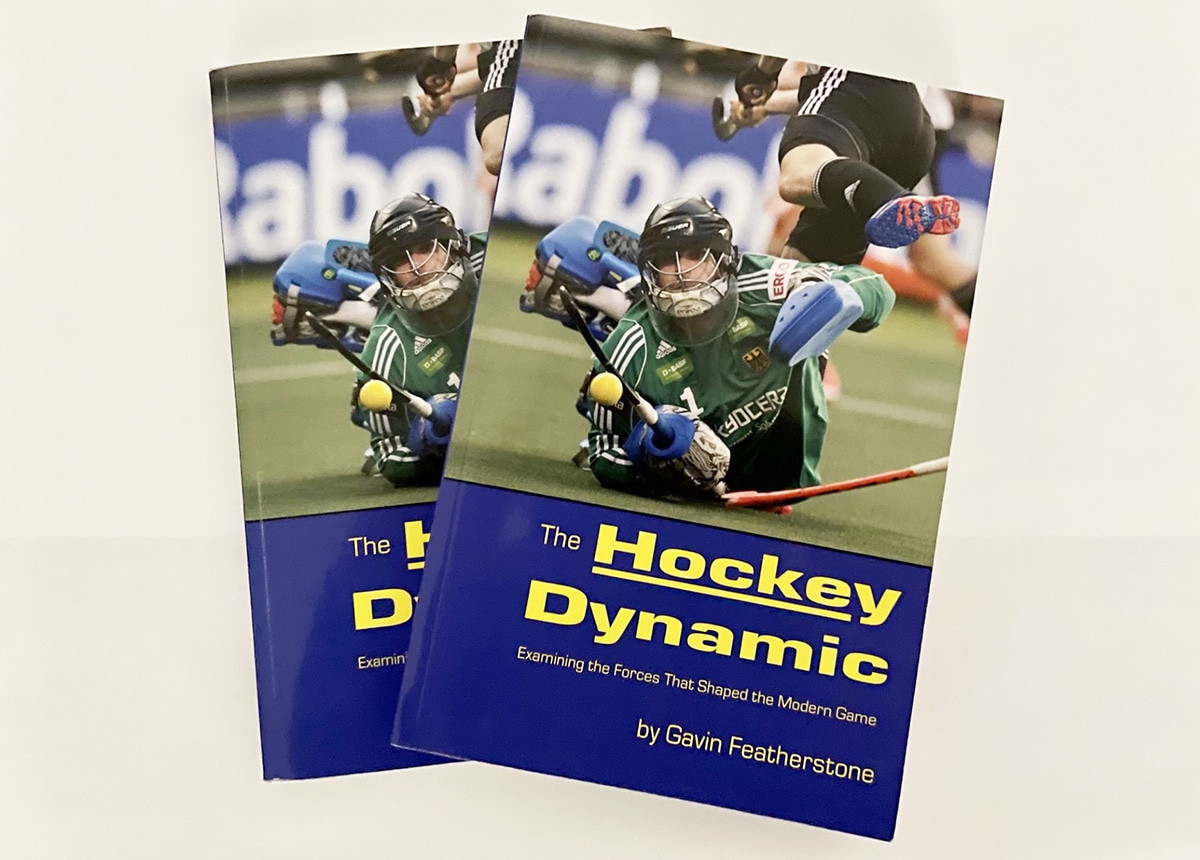Published by lulu.com, 2012. A British female hockey player’s journey to compete in the 2008 Beijing Olympic Games, and the London 2012 Olympic Games …
 The dilemma of writing what is essentially a biography about one’s own daughter is how to present the book successfully in more than just a subjective way. It will be for the reader of From Tears to Cheers to determine whether Phil Thomas struck a healthy balance. He certainly made it clear in the foreword and introduction that the book was a recording from a proud parent depicting a sporting journey of a double Olympian.
The dilemma of writing what is essentially a biography about one’s own daughter is how to present the book successfully in more than just a subjective way. It will be for the reader of From Tears to Cheers to determine whether Phil Thomas struck a healthy balance. He certainly made it clear in the foreword and introduction that the book was a recording from a proud parent depicting a sporting journey of a double Olympian.
There is no doubt that Sarah Thomas’s story has all the trimmings of a hockey player brought up in an unfashionable part of Wales, let alone Great Britain (GB). Merthyr Tydfil born and raised, she was to defy the odds to reach the ultimate heights of world hockey.
Simply to compete beyond Wales at GB level was an outstanding feat in itself. To continue on a path from initial disappointment of non-selection and qualification in Athens in 2004 to the achievement of playing in the Beijing Olympics, then winning the bronze medal at London 2012 reflected greatly on Sarah’s drive and character. As a role model for young players, Sarah stands tall, right up there on the podium for all to admire.
Yet, here is where the author stood still in his account of her long sporting tale. Poignantly, there is hardly a single word or quote from the subject matter, Sarah, in the entire narrative. As readers, we hardly get any insight from her, an educated graduate. We are left in the dark about her, her team mates and those inter personal relationships between the squad’s coaching and management staff and the GB players.
The author constantly and appropriately reminds us of Sarah’s positive qualities in the text but many questions remained unanswered. For instance, how did she cope as a proud Welsh woman in an English dominated team? When advised to improve her overall game in Holland, which areas did the Dutch coaches concentrate on? And why was there so little detail on her seasons at Rotterdam? Finally, what was Sarah’s take on her international opponents?
Sarah’s input into these parts of her career would have shed fascinating light on to who she really is and how she had developed during her decade at the top. The narrative seldom expands beyond her form, the next game and whether she would be selected or not. Subjectivity remains something of an issue too. There is a barely concealed tendency to shield his daughter from criticism, notably when scenarios did not go her way – a father’s prerogative one might argue – and instead, critique is applied to fellow players, umpires and selection decisions.
Additionally, for such a colourful book cover, it was rather surprising not to have even one page inside dedicated to photographic content. Surely over eight years in international hockey and substantial time spent in the Netherlands could have yielded some instances of Sarah’s experiences in pictorial form?
These negatives are a shame because there are areas of the book that are genuinely interesting and enjoyable to read. Phil Thomas’s adventures in Beijing, for instance, reveal how tough it was to adapt both on and off the field to cultural contrasts! Indeed, more could have been written throughout the book on the struggles of living a newly found full-time professional life style, and both how Sarah and her parents had to adapt to this as a requirement for selection.
Phil Thomas has definitely made a case for his daughter’s legacy; however, the content seldom strayed from narrow personal achievement and ambition. Sarah’s journey was certainly long and impressive, though it is a shame that the author did not let us know very much of her personally.
Phil’s book is available to buy now from online retailers including Amazon (ISBN 978-1291115918).
Editor: the opinions presented in this article are those of the individual assigned to review this particular book. They do not represent the views of The Hockey Museum.

